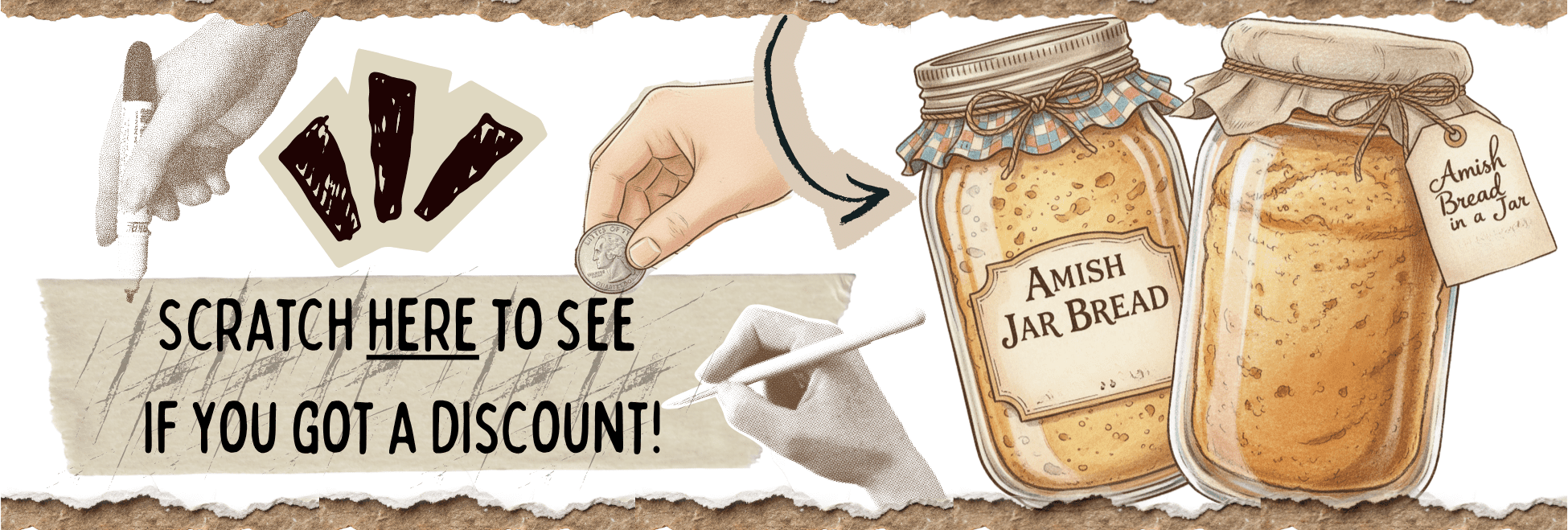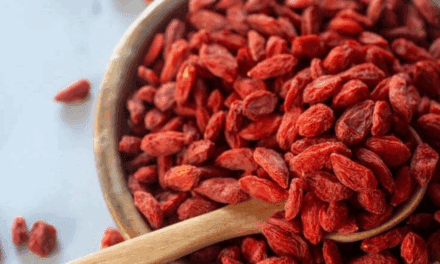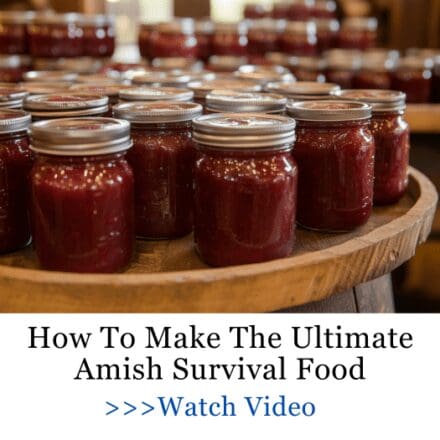It’s easy to assume that most fresh foods should be refrigerated. But that’s not true. Cold temperatures can have an adverse effect on the texture, flavor and believe it or not -the shelf life of many foods. There are also some foods that should simply not be kept in close proximity. An enclosed refrigerator makes that impossible. A classic example of foods that should be stored separately are potatoes and onions.
What follows (in alphabetical order) are the foods that should either be stored in a pantry, in a dedicated space like a bread box, braided and hung particularly garlic and onions, or stored in a bowl on a countertop.
Avocados
Here’s the telegram. It’s okay to refrigerate a fully ripened avocado, but avocados purchased from a grocery store are rarely fully ripened. Refrigerating them prematurely will not only affect their flavor but could cause them to lose their creamy texture. Refrigeration also slows the ripening process. Worse, it halts the development of the the natural enzymes that cause ripening resulting in a tough and chewy texture.
Refrigeration also affects the taste of the avocado if it is not fully ripe. The best test for a ripe avocado is a dark colored skin and a softness when you press it with your thumb. Store your avocados in a bowl on the counter or in a basket and when you know they’re ripe, it’s okay to refrigerate.
Bananas
Bananas are actually very delicate and refrigerating bananas slows the ripening process and they can actually turn black in the fridge. Here again, a ripe banana is okay in the fridge, but most bananas are shipped green and are never quite ripe when bought at the store.
Another fact is that bananas are grown in the tropics. They are not used to cold temperatures, and a refrigerator can actually damage the cell walls. Worse, refrigerating an unripe banana not only leads to a black banana, but the fruit inside will not be ripe.
Once a banana has fully ripened and shows some black dots on the skin it’s time for the fridge. At that point the banana fruit is ripe, and refrigeration will slow the ripening process. A simple trick is to wrap some plastic wrap around the stems of the bananas. That’s where a banana releases ethylene gas which accelerates ripening.
Ideal storage conditions for a banana is a banana stand that supports them on a counter. Failing that, you can store them in a fruit bowl on the counter but keep an eye on them and refrigerate only when ripe.
Bread
It doesn’t seem to make sense but refrigerating bread can actually make it go stale faster due to starch crystallization and loss of moisture. It’s the dry, cool air in a fridge that crystalizes the starch molecules. The result is a bread that is crumbly and dry. Refrigeration also pulls out moisture that leads to rapid drying. Most of us like our bread soft and firm. Refrigeration cancels that out.
Refrigeration can also lead to a loss of aroma. We like the smell of bread but refrigerated bread will slowly draw the aroma out. The best way to store bread is in an enclosed plastic bag in a bread box. Homemade bread should be good for 3 to 5 days if stored that way, and store bought bread from up to 5 to 7 days.
If for some reason you want to store bread longer you could actually freeze it. It keeps the bread from getting stale and when thawed can taste fresh up to 6 months later.
However, there’s a more efficient way to make bread last almost indefinitely. It’s a recipe I found inside The Amish Ways Book, and it is baked directly inside a jar and sealed while it’s still hot. The heat creates a natural vacuum seal that keeps air and moisture out, preventing mold and spoilage without any need for refrigeration or freezing. Once sealed, the bread can be stored for months and opened whenever needed. It’s ideal for long-term storage, emergency supplies, or keeping homemade bread ready to serve at any time.
If you’re interested in learning this preservation method, and dozens of others the Amish use to make their food last longer, you’ll find the full recipe in here.
Coffee
Coffee prices keep going up and some people are taking advantage of sales to stockpile coffee. But where do you store 5 cans of coffee. The answer is not the refrigerator. Refrigeration subjects coffee to temperature fluctuations and ultimately degrades the aroma and the flavor. These fluctuations are caused simply by all the times we open and close the fridge.
The result is coffee that tastes stale and flat even within days.
>>>The Herb You Can Add to Your Coffee or Tea, to Empty Your Bowels Effortlessly Each Morning<<<
The best storage option for coffee is a closed container in the proverbial cool, dry and dark place. That’s sounds like a pantry or cabinet. However, this is another example of when freezing can work. Just make sure the coffee is in a sealed, airtight container.
Hard Cheeses (Aged Cheddar, Parmesan, Gouda)
Most people automatically toss cheese into the fridge, but hard cheeses like aged cheddar, Parmesan, or Gouda have been stored at room temperature for centuries. The cold, damp air in a fridge can actually work against you, encouraging mold and changing the texture. Left in a cool, dry spot, a wheel of cheese can last for months, developing richer flavors instead of losing them. It’s one of those foods where patience pays off—the longer it’s allowed to rest, the more complex the taste becomes.
Honey
Honey is the world champ when it comes to food preservation. It will literally keep for years, decades, centuries and even more. Egyptian archaeologists found honey sealed in a jar in a tomb that was 3,000 years old. It was still food-safe and edible. There is absolutely no reason to refrigerate honey.
Worse, refrigerated honey will quickly crystalize. The result is a grainy and hard texture. The best way is to store honey is at room temperature to prevent crystallization. Store it in the good old cool, dry and dark place. That sounds like it’s another candidate for the pantry or cabinet.
Cabbage
Cabbage might seem hardy enough for the fridge, but the truth is, cold and humidity over time can turn it limp and bland. On old homesteads, cabbage heads were tucked away in cool spaces, sometimes hanging or stacked carefully for winter use, and they kept remarkably well without refrigeration. The leaves stay firm, the flavor stays sweet, and the crunch you expect doesn’t disappear overnight like it often does in a fridge.
Dried Beans or Legumes
It’s easy to assume dried beans should be refrigerated, but they’re actually best left alone. Exposing them to cold can introduce moisture that ruins their texture and can even lead to mold. Homesteaders knew this well—beans were stored in jars or bins, sometimes for years, and they stayed perfectly edible. There’s a reason these humble legumes were a staple through every winter: they don’t need a fridge, they store easily, and they’re ready to cook whenever you are.
Apples
Apples can be tricky. Many store-bought varieties are perfectly fine in a cool pantry, but toss them in the fridge and the flavor and texture can suffer. The cold can slow down natural ripening, leaving some varieties mealy or less sweet. Homesteaders often layered apples carefully to keep them from bruising and to enjoy them through winter. When done right, apples stay crisp and flavorful long after harvest, no fridge required.
Whole Grains (Wheat, Oats, Barley)
Whole grains are surprisingly resilient. People sometimes think refrigeration preserves them, but cold can actually shorten their shelf life if moisture creeps in. On traditional homesteads, grains were stored in sealed containers in cool, dark spots, sometimes for months, and they remained ready for bread, porridge, or whatever the kitchen needed. They don’t need cold storage—just a dry, stable environment—and they reward that care with consistent quality.
It’s Not That Hard
Just stop and think about alternative storage options. Most are defined by a pantry or cabinet, but if you’re ambitious you can harvest onions from your garden and braid them to hang in the garage or even an attic. It’s just a matter of understanding the unique characteristics of certain fruits and vegetables and knowing when to keep them out of the fridge.
These 15 Foods Can Never Spoil
How To Build An Electricity Free Fridge (Video)
Home-Cooked Meals to Keep in Mason Jars for 5+ Years
















